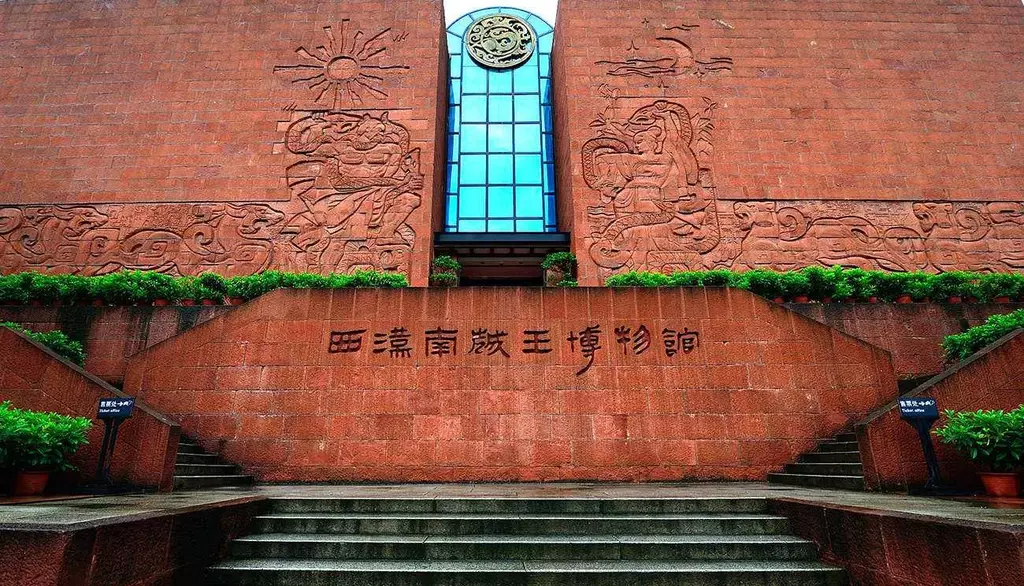The Nanyue King Mausoleum

- The Nanyue King Mausoleum, also known as the Mausoleum of the Nanyue King Zhao Mo, is one of the most significant archaeological sites in Guangzhou and southern China. Dating back more than 2,000 years, it is the burial site of Zhao Mo, the second king of the Nanyue Kingdom (a vassal state of the Han Dynasty). Discovered in 1983, this ancient tomb is a well-preserved underground structure that offers a fascinating glimpse into the region's early history, culture, and international trade connections during the Western Han Dynasty (206 BCE – 24 CE).
- The mausoleum is an impressive stone chamber tomb, measuring 10.8 meters long and 12 meters deep, constructed using 750 large stone slabs adorned with intricate red murals. These murals, which are among the earliest examples of Chinese tomb art, depict guardians, mythical creatures, and celestial symbols. The tomb itself was built to reflect the luxurious lifestyle of the Nanyue king, featuring multiple burial chambers, including a main chamber for the king's coffin, a storage area for treasures, and side chambers for sacrificed attendants who were meant to serve him in the afterlife.
- One of the most spectacular finds in the mausoleum is the jade burial suit, made of 2,291 pieces of jade sewn together with silk thread. This rare artifact, one of the oldest and most complete jade suits in China, signifies the belief in immortality and protection in the afterlife. Other notable discoveries include bronze and iron weapons, gold and silver ornaments, musical instruments, and foreign trade items such as glass beads and Persian silverware, showcasing Guangzhou’s early role in the Maritime Silk Road trade.
- Today, the Nanyue King Mausoleum Museum, built on the original tomb site, allows visitors to explore this extraordinary underground world. The museum features well-preserved artifacts, interactive exhibits, and detailed reconstructions of the tomb, offering an in-depth understanding of Nanyue culture and its influence on southern China's history. As one of Guangzhou’s most important historical and cultural landmarks, the site attracts archaeologists, history buffs, and curious travelers alike, making it a must-visit destination in the city.
